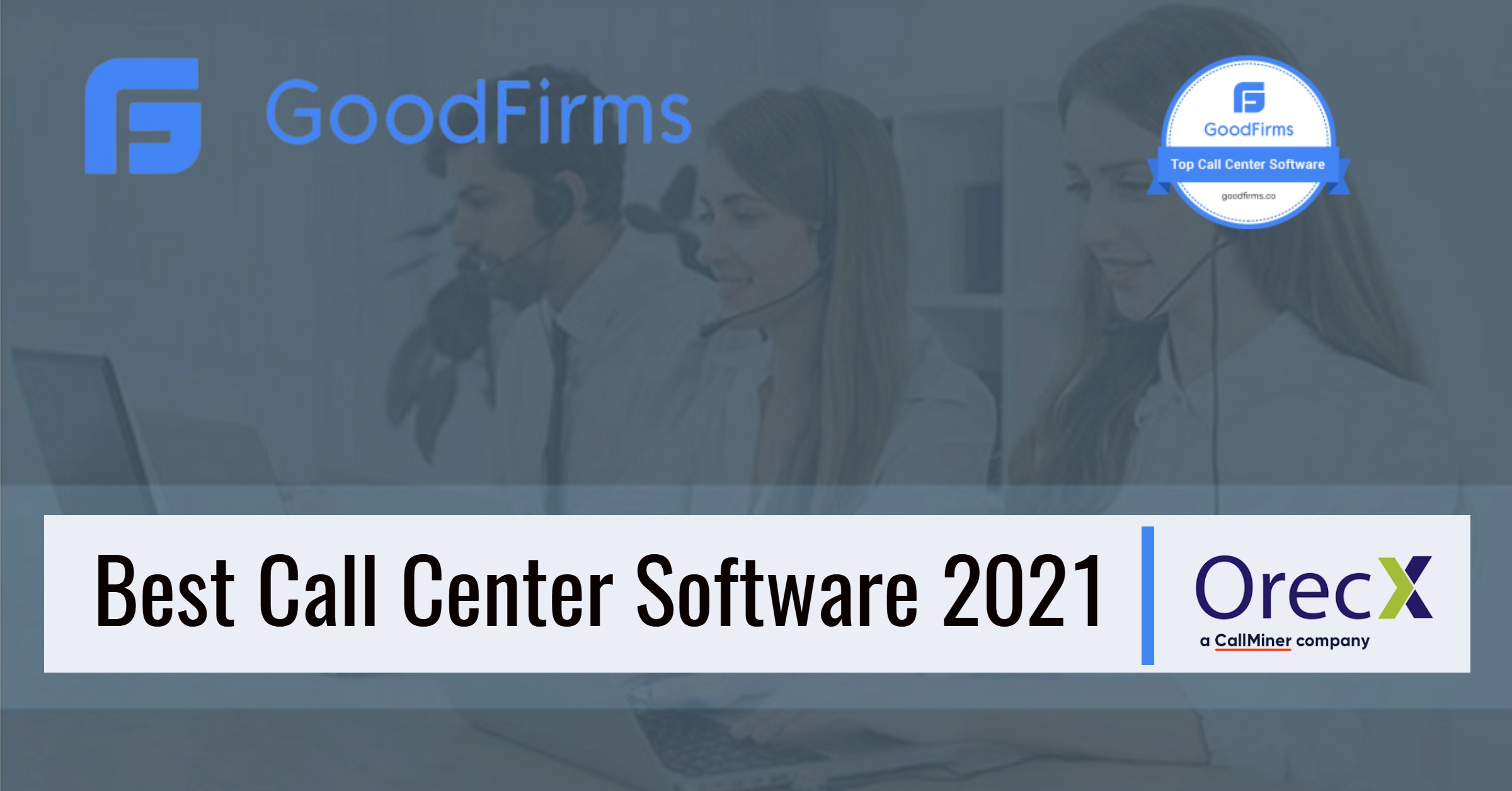
By Lisa Brian, GoodFirms Writer
Oreka GPL, the best-in-class open-source call center solution, is acknowledged by GoodFirms as the best Call Center Software.
GoodFirms is one of the most prestigious research, review, and listing platforms delivering high-quality services, enabling businesses to make informed decisions. Our advanced research methodologies and insightful reviews instill trust among companies looking for the best services and products in different domains. Today, GoodFirms stands as an established, global B2B platform that brings thousands of service companies and products under one roof.
Why Is Oreka GPL the Best Call Center Software?
Oreka GPL, OrecX’s free open source recording software, is designed to meet the extensive operational needs of call center businesses of various sizes and types. This open source software can be easily customized and updated to serve as a future-ready solution. Launched in 2005, the solution currently caters to millions of customers in over 190 countries.
Evolved from an all-inclusive premise recorder, the Oreka recording solution platform works equally well in the cloud, premise, and hybrid environments. It offers a single or multi-tenant, feature-rich audio capture/voice recorder (Oreka TR) that can handle third-party carrier-based recording. The software also provides call management features like call logging, screen recording, quality monitoring and dual channel audio capture for speech analytics.
So-called Oreka AC (Audio Capture) augments existing legacy recording applications with real-time and/or post-call audio streaming. Additionally, the software feeds recording data to any third-party software that uses audio as a data source – such as voice analytics, biometrics, and customer service solutions. It is agile, scalable, and ensures a richer user experience at a nominal cost.
The Oreka platform provides its customers with multiple customer support plans to choose from. Standard support, included in the annual subscription, allows free version updates, unlimited support cases, and responsive customer support through phone, email, and chat. The extended support plan is available at additional cost for businesses that need quick, higher-level expert support. It enables standard support plan benefits, assured 4-hour response time, and live phone support during business hours.
Benefits of Using the Oreka Recording Platform
● Compatible with all environments, cloud, premise, and hybrid
● Latest design components
● Creates strategic, technical, economic and collaborate benefits for businesses
● Agile, scalable
● Enables real-time visibility, tracking, and storage of calls
● Streamlines and automates call management with time-saving and enhanced efficiency
● Provides detailed metrics for calls-per-day, call duration, active calls, the total number of recorded calls, and more
● Open source, modular system allows comprehensive customization to suit customer needs
● Seamless integration with any PBX switch or third-party system
● Responsive and reliable customer support via phone, chat, and email
● Supports easy scalability for business growth
● Affordable pricing
● Easy to install
● Quick return on investment (ROI)
● PCI/HIPAA compliant Modules of Oreka
● Open source recording, call recording, quality monitoring, cloud recording, screen recording, audio capture service and SIPREC recording.
Feature Highlights
● Capture and store calls
● Intuitive multi-criteria call search and playback
● On-demand recording and live monitoring
● Real-time dashboard to monitor call metrics
● Audit trail for compliance
● Auto tagging and notes
● White labeling for branding
● Multi-site recording
● Multi-tenancy for hosted
● Mobile phone recording
● Live monitoring
● Call exporting
● Auto-delete
● Selective recording
● Look-back call recording
● Fine-grained privileged access
● File management/archiving
● Filtering (IP-DID range)
● Extended codec support
● On-demand recording
Pricing of Oreka
Oreka actively serves the call recording and management requirements for call center businesses of all sizes, small, medium, and large. It offers a free voice recorder apart from multiple call management features at a nominal fee. Besides, it allows high-degree customization in features with flexibility in pricing. It enables businesses to select the level of customer support based on their budget. This configurable pricing model further helps restrict the costs of Oreka to almost half of other similar solutions. Moreover, the software also facilitates a free 30-day trial.
Performance Evaluation of Oreka by GoodFirms
GoodFirms is well known for recognizing and ranking service companies and products based on their capabilities, innovation, performance, and authentic user reviews. These rankings continue to be the most trusted, prestigious, and respected recognition worldwide in the B2B sector, acting as a well-founded ground for our users to make informed decisions. The listed companies constitute top performers in the market who have acquired a remarkable position by maintaining their quality and credibility.
After an extensive, systematic, and unbiased evaluation process, GoodFirms identified and ranked Oreka as the best Call Center Software on its platform for offering comprehensive call recording and management software tools, reasonable pricing with flexible features selection, unlimited free updates, and multiple reliable customer support packages for businesses.
About GoodFirms
GoodFirms is a Washington DC-based research and review platform for software and services. GoodFirms empowers companies to choose the best software from its curated list of industry-leading software in various categories to enhance profits and grow beyond imagination. It performs extensive research and analysis to evaluate and rank the listed software on critical parameters like features, uniqueness, ratings, and verified user reviews. This diligently curated ranking highlights the top performers for every software category and boosts the buying credibility of the software.
About the Author
Lisa Brian is presently working as a Content Writer with GoodFirms, a Washington DC-based B2B research company well-known for its research methodology and listings of 60k+ software and services. Lisa’s current role revolves around gathering information and crafting it in a meaningful form that businesses can leverage. She helps companies communicate their vision and mission through digital platforms. Lisa believes in developing a symbiotic business relationship where companies mutually support each other and grow together.
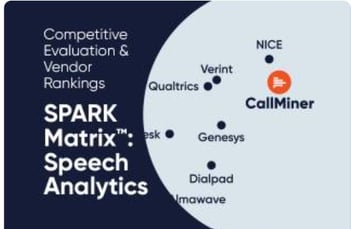


.png?width=459&height=258&name=Untitled%20Design%20(33).png)

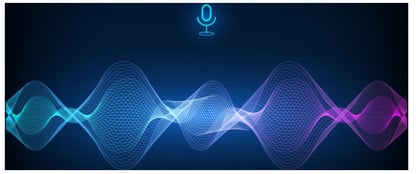

.jpg?width=313&name=Untitled%20Design%20(1).jpg)

.jpg?width=400&name=Untitled%20Design%20(4).jpg)
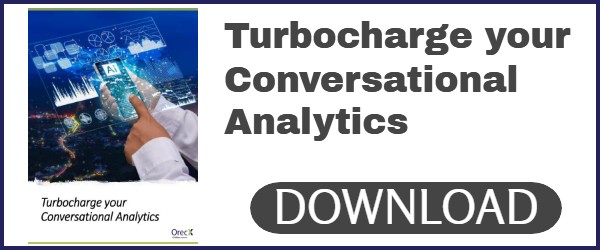
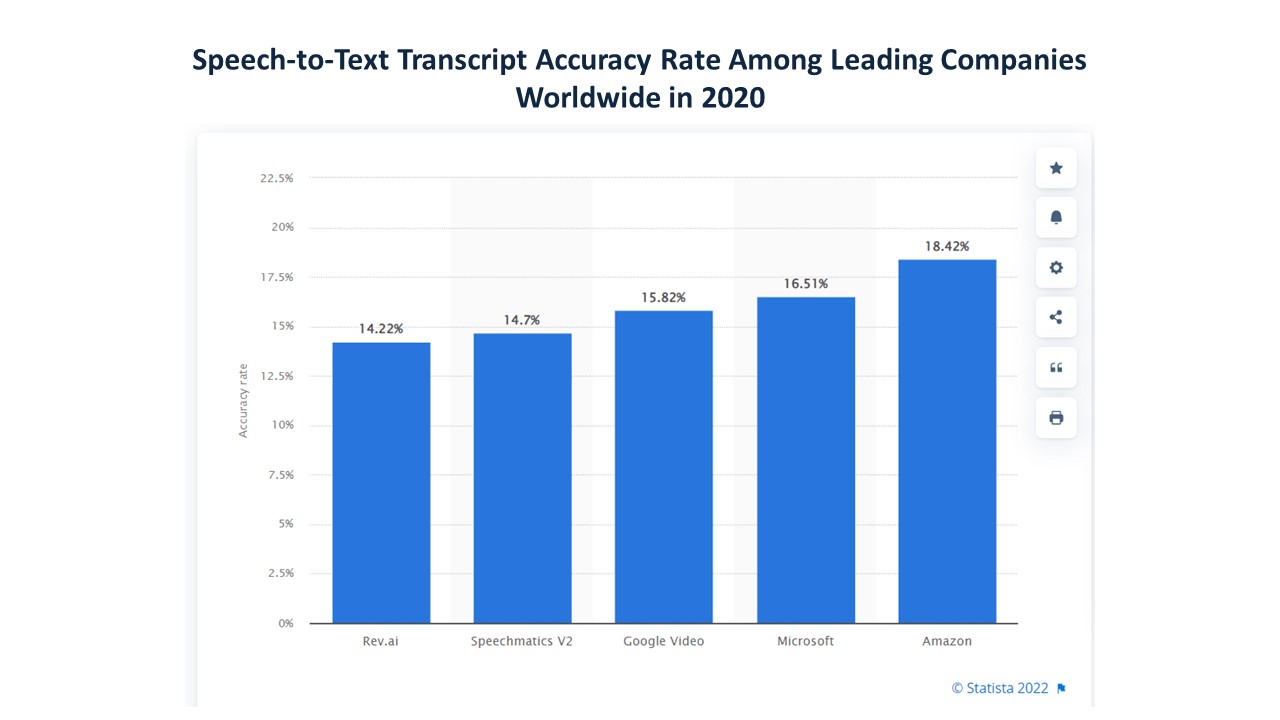
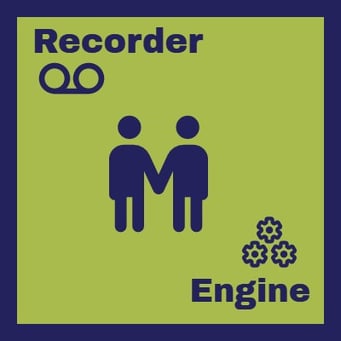


-2.jpg?width=290&name=Untitled%20Design%20(86)-2.jpg)
